Collector’s Guides • 14 Oct 2015
5 Amazing Rolex Feats in Deep Sea Exploration

The ocean has been the subject of our imagination for a long time. Interestingly, expenditure on space exploration vastly eclipses that of ocean exploration. This is probably a reason why the deep fascination with the ocean continues today – it is man’s last truly unexplored frontier.
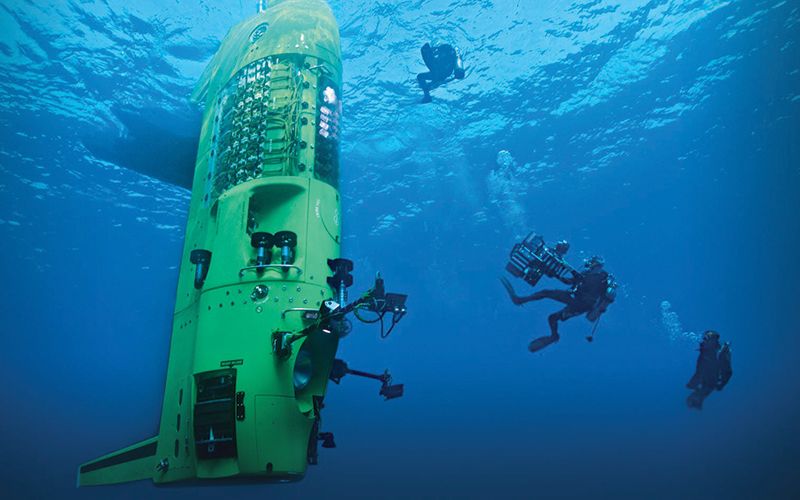
This sense of wonder has inspired many inventors and scientists to create technologies that allow us to work and operate underwater, and watches are no exception. As technology progressed and people were enabled to stay underwater for longer, the need for instruments like watches to keep time accurately in the deep blue grew.
Developing an effective waterproof timepiece was always a challenge throughout the 20th century. The first innovation towards this goal was the ‘hermetically sealed’ watch, which utilized an external cover that would be twisted on and off the same way one would open and close a jar. These proved cumbersome for underwater use because the cover had to be opened every time the watch needed winding. Rolex rose to these challenges despite the odds, and proved themselves once again with their tenacity for innovation and advancement. We present five feats that cement Rolex’s place as a committed pioneer in deep-sea exploration.
1. Rolex Created The First Modern Waterproof Watch, The Oyster

The first modern waterproof watch was a Rolex watch. This was the Oyster, released in 1926. Its design formed the benchmark of waterproof watches today. It featured a screw-down crown and a screwed-in case back and bezel to make the internal components watertight.
Rolex accomplished this through its shrewd acquisition of various technology patents that it adapted for the purposes of its watch business.
2. The Rolex Deep Sea Special was the first to reach the deepest point of the world’s oceans

In 1960, Rolex’s waterproof watches gained further fame when it accompanied two men to the deepest point of the world’s ocean, the Challenger Deep. The point is situated along the Mariana Trench, which is the deepest part of the Pacific Ocean. They reached a record maximum depth of about 10,911 metres.
3. The Deep Sea Special could withstand 1100 times atmospheric pressure
Rolex attached the Deep Sea Special to the hull of the deep sea submersible Trieste that the men used for the 5-hour long descent down the Mariana Trench. The Deep Sea Special was a milestone in watchmaking because it was built to withstand pressure 1100 times the normal pressure at sea level.
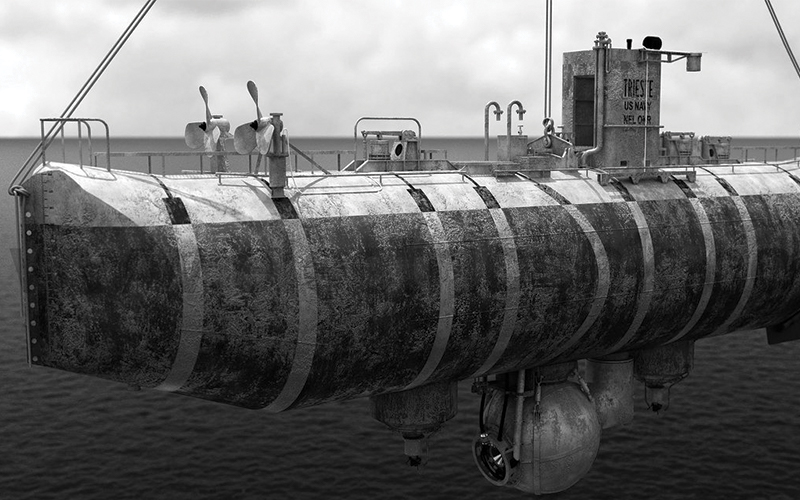
This was achieved by using extra-thick sapphire crystals and crowns, which were screwed down to a threaded tube to compress the rubber O-rings that provided the waterproof seal.
4. Rolex innovated the rotational bezel for divers’ safety
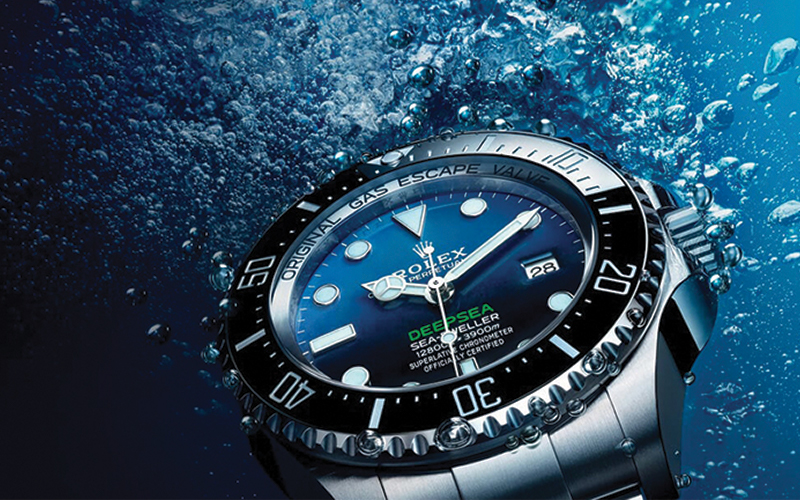
Besides pressure, watches also had to keep time easily to allow divers to track their air supply and decompression times. Rolex innovated the traditional friction ring bi-directional rotational bezel to a click and lock mechanism to incorporate safety for divers. This clicking rotating bezel allowed divers to adjust the rotational bezel with ease underwater, as the previous friction mechanism required them to push down, hold and rotate the bezel. This was one such simple innovation that highlighted Rolex’s emphasis on meticulous perfection, which could have otherwise been overlooked.
5. Rolex reached the deepest point of the world’s oceans, again
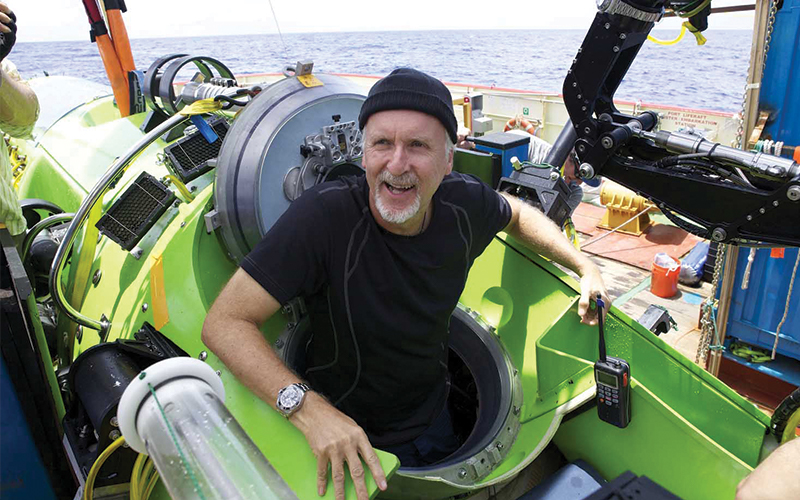
It seems that the people at Rolex will never rest on their laurels. On 26 March 2012, they went down to the deepest point of the oceans again. This time, Rolex partnered prominent filmmaker and explorer James Cameron (Director of Titanic and Avatar) and the National Geographic Society in the historic Deepsea Challenge Expedition. If partnership for the expedition was already a challenge itself, Rolex certainly took the challenge a step further. Again, they created a new experimental watch, the Rolex Deepsea Challenge, just for this expedition. This time, the watch was carried on the Deepsea Challenger submersible’s robotic manipulator arm.
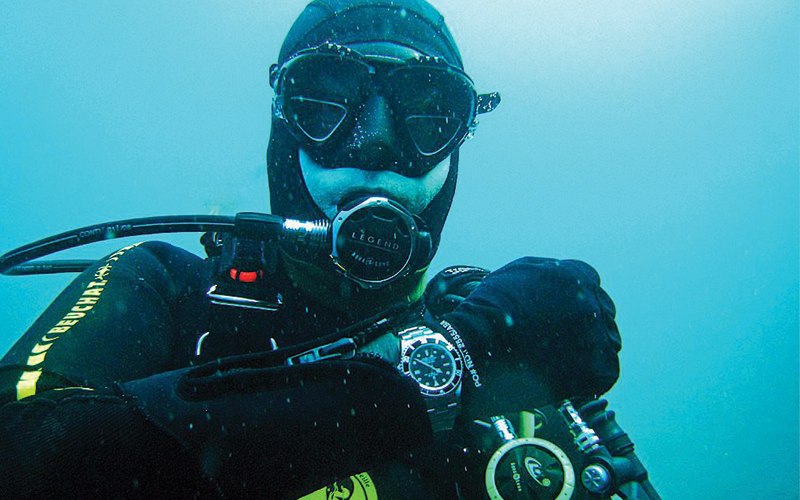
The Deepsea Challenge watch worked flawlessly throughout the dive and endured the extreme pressures, descending to a depth of 10,908 metres (35,787 feet) to reach the Challenger Deep, the deepest point in the world’s oceans. This second accomplishment firmly seals Rolex’s place as the world leader in timepiece waterproofing technologies.
These 5 feats account for the necessary role Rolex have played in paving the way for modern day waterproofing technologies for timepieces. Without Rolex, mankind would probably have never navigated the oceans or plunged its depths with such confidence and accuracy.
The Hour Glass is the Official Retailer of Rolex Watches.
Images Courtesy of Rolex Watches Official Site and Nat Geo’s Deepsea Challenge Official Site.
If you’re interested in these Rolex Watches, you can find more information by visiting us at any one of our boutiques, speaking with our Sales Consultant or simply click here.







